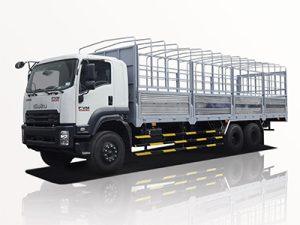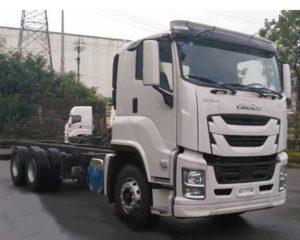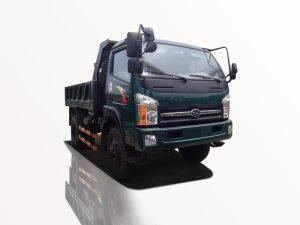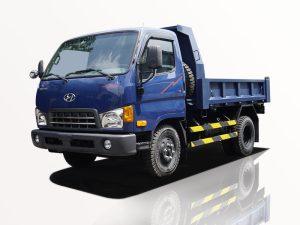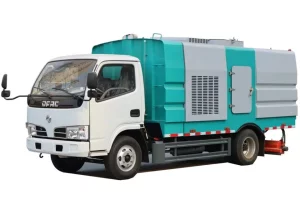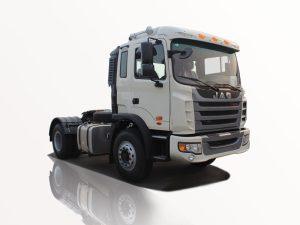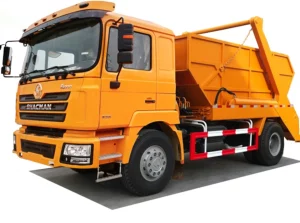Monday to Saturday - 8:00 -17:30
Fire Command Truck: The Essential Resource for Modern Firefighting
Fire command trucks serve as a pivotal tool in modern firefighting operations, acting as mobile command centers and providing essential support for firefighters in the field. This article dives into the significance, specifications, and operational capabilities of fire command trucks, covering everything from their design to their impact on emergency response effectiveness.
Understanding Fire Command Trucks
Fire command trucks are specialized vehicles equipped to facilitate communication, command, and control during fire incidents and other emergencies. Unlike standard fire trucks, command units focus on the management aspect of incidents, offering a range of tools and technology to streamline operations.
History of Fire Command Trucks
The evolution of fire command trucks traces back to the late 20th century, when firefighting tactics began to require more intricate coordination. Initially, fire chiefs relied on standard fire apparatus to lead operations. As firefighting technology advanced, the need for dedicated command vehicles arose, leading to the development of specialized trucks designed for incident command.
Key Features of Fire Command Trucks
Fire command trucks vary in design and functionality, but they typically include the following key features:
- Communications Equipment: Radios, satellite phones, and intercom systems ensure effective communication with all units on the scene.
- Incident Management Software: Advanced software aids in tracking resources and managing response effectively.
- Mobile Command Center: Space for incident command personnel to strategize and manage resources.
- Safety Gear: Equipped with additional PPE and tools for on-scene personnel.
- Computers and Monitors: For real-time data analysis and monitoring of the situation.
The Importance of Fire Command Trucks
Enhancing Incident Command
Fire command trucks are crucial for effective incident command during emergencies. They help commanders assess the situation, allocate resources, and strategize actions in real time.
Improving Communication
The integration of advanced communication tools in fire command trucks ensures that all personnel are informed and coordinated. This reduces the risk of miscommunication, allowing teams to work seamlessly together.
Specifications and Design
Size and Structure
Fire command trucks typically vary in size but are usually built on a heavy-duty chassis. The size must accommodate all necessary equipment while being manageable for maneuvers in diverse environments.
Equipment and Technology
| Feature | Description |
|---|---|
| Communications Systems | Includes VHF radios, mobile data terminals, and satellite communications. |
| Command Support | Maps, GPS, and incident management software. |
| Power Supply | Generators and battery systems for equipment operation. |
| Storage Solutions | Cabinets and compartments for equipment and gear. |
Operational Uses of Fire Command Trucks
Emergency Response
During emergencies, fire command trucks serve as the central hub, allowing commanders to assess risks and develop tactical responses. They can be deployed in a variety of situations, including:
- Structural fires
- Hazardous material incidents
- Natural disasters
- Multi-agency responses
Training and Drills
Fire command trucks are also used for training exercises, allowing personnel to practice using the technology and equipment before they encounter real emergencies. This preparation helps ensure a quick and coordinated response when it counts.
Practical Examples of Fire Command Truck Deployment
Case Study: Urban Fire Response
In a recent urban fire incident, a fire command truck was deployed to manage resources effectively. The command truck coordinated communication between fire crews, emergency medical services, and utility companies. This collaboration significantly reduced the response time, demonstrating the value of effective incident management.
Case Study: Disaster Response
During a natural disaster, fire command trucks have provided support by managing logistics and coordinating various agencies. One example involved a wildfire response where the command truck facilitated communication with law enforcement, air support, and local volunteers, emphasizing the importance of effective coordination in large-scale emergencies.
Best Practices for Utilizing Fire Command Trucks
Regular Maintenance and Training
To ensure the functionality of fire command trucks, regular maintenance checks are vital. Moreover, continuous training for personnel on the latest technology and strategies is crucial to maximize the effectiveness of the command truck.
Effective Communication Protocols
Establishing clear communication protocols enhances coordination among various teams. Regular drills and use of standardized communication systems can aid in reinforcing these protocols.
Future Trends in Fire Command Trucks
Technological Advancements
The future of fire command trucks includes advancements like enhanced drone integration for aerial views and real-time data relay. Artificial Intelligence (AI) might also play a role in data analysis for predictive modeling of emergency situations.
Eco-Friendly Designs
As environmental concerns gain prominence, manufacturers are likely to develop eco-friendly fire command trucks with lower emissions and more efficient energy use, paving the way for sustainable firefighting practices.
Frequently Asked Questions (FAQs)
What is a fire command truck?
A fire command truck is a specialized vehicle designed to function as a mobile command center for incident management during emergencies, equipped with communication systems and operational tools.
How does a fire command truck differ from a regular fire truck?
While regular fire trucks are equipped for direct firefighting, fire command trucks focus primarily on managing incidents, coordinating resources, and facilitating communication.
What equipment is typically found in a fire command truck?
A fire command truck usually contains communications equipment, incident management software, GPS, maps, and a supply of safety gear.
Why are fire command trucks important in emergencies?
They enhance command and control, improve communication among responding teams, and increase the overall efficiency of emergency management, leading to better outcomes.
Can fire command trucks be used for training purposes?
Yes, fire command trucks can be utilized for training exercises, allowing personnel to practice using equipment and improve their skills for real incidents.
What are future trends in fire command trucks?
Future trends that may emerge include the incorporation of advanced technology, such as AI for data analysis, and the development of eco-friendly designs to reduce environmental impacts.


